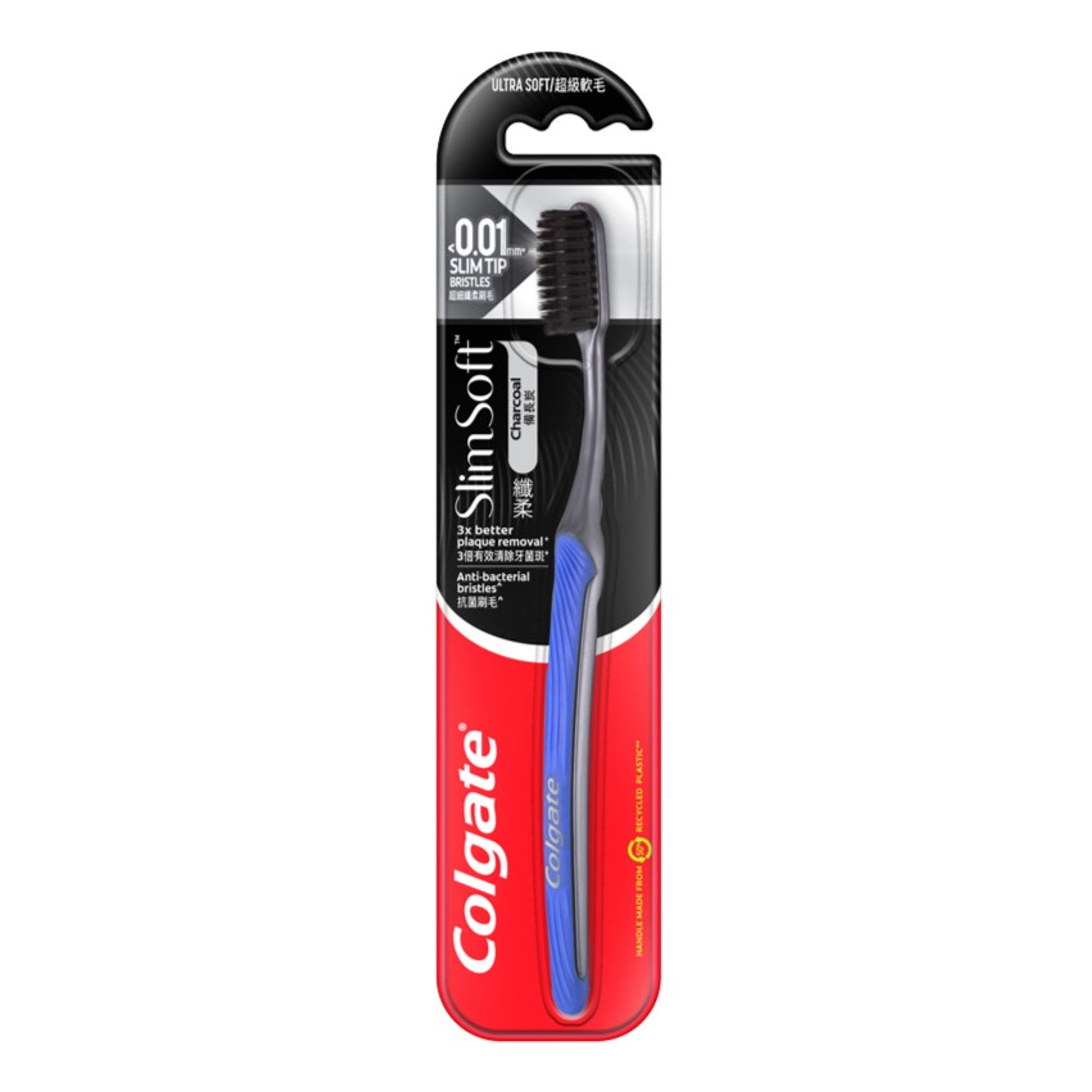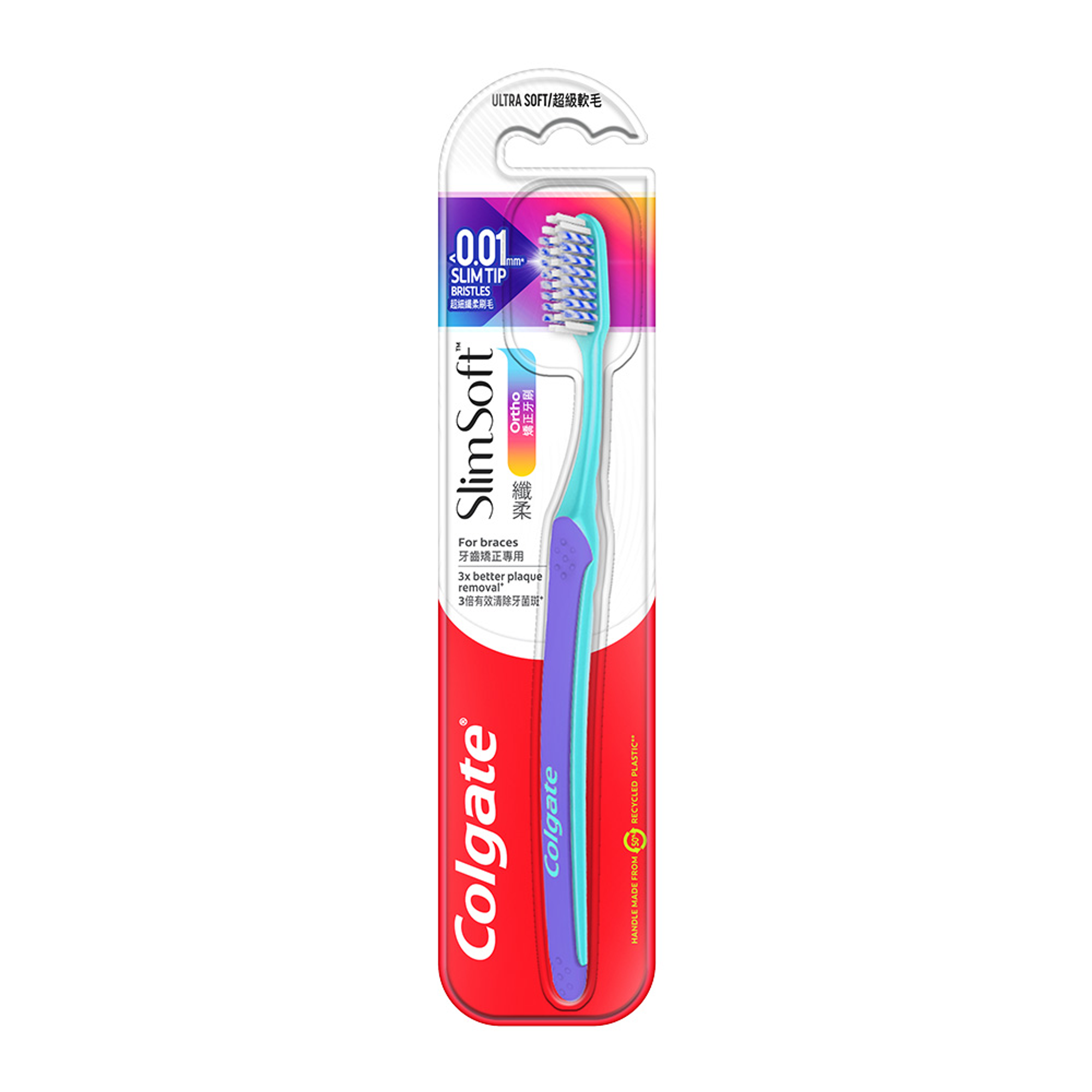-
-

FLUORIDE
Discover how stannous fluoride toothpaste prevents cavities and other oral health issues. Learn the key benefits of fluoride for teeth and its best uses.Fluoride plays a vital role in oral healthcare...

TEETH WHITENING
Teeth Whitening Serum for a Brighter, Confident SmileWho does not want whiter and brighter teeth? Thanks to the many teeth-whitening products available today...
-
Science & Innovation
- Colgate® | Toothpaste, Toothbrushes & Oral Care Resources
- Oral Health
- Adult Orthodontics
- Are White Braces Right For You?


Braces sometimes get a bad rap, especially with adult patients. Traditional metal braces are prominent, which may make you feel self-conscious about your smile for the duration of treatment.
Today's options for braces are more expansive than they may have been in your youth. White braces made from ceramic material blend in with your teeth so they're less obvious. Understanding more about ceramic braces may help you choose the braces right for you and your lifestyle.
What Are Ceramic Braces?
Traditional braces are made from metal, attached to the teeth and secured with small elastic bands. The bands come in a variety of colours. Patients can choose white elastics for a more subtle look or opt for brightly coloured bands; however, the metal remains highly visible.
White braces, on the other hand, are made of ceramic, so the only metal visible is the wire between teeth. The actual brackets that adhere to your teeth are white, making them less noticeable. Ceramic braces can help the wearer feel more confident in their smile throughout treatment. They may even entice reluctant patients who are concerned about having a mouth full of metal into getting braces.
Ceramic Braces vs. Metal Braces
While ceramic braces might be a better choice for some patients, picking white braces over traditional metal brackets isn't just a matter of colour. Both have their pros and cons, so you'll need to talk to your orthodontist about which is right for you.
Ceramic braces tend to be pricier than metal braces, so they could be cost-prohibitive for some patients. Moreover, metal braces tolerate more pressure and shifting than ceramic ones, so if you require a lot of correction, your orthodontist may recommend choosing metal to avoid appliance breakage. If you do break a bracket or damage your braces, ceramic braces are more expensive to repair. You'll need to weigh the importance of subtler braces against the costs.
Caring for Ceramic Braces
Ceramic braces can boost your confidence during treatment, but they can become discoloured over time. Anything that could stain your natural teeth could stain white braces, so be careful when consuming drinks like red wine, coffee or tea and foods like tomato sauce or curry.
Just as with traditional braces, you'll also want to avoid sticky or hard foods that could get stuck on your wires or break a bracket. Brushing after every meal can prevent decay and stains, but do avoid teeth-whitening treatments. They won't work on ceramic braces and could damage the material or leave it discoloured, as written in the Healthfully article.
According to the Ministry of Health, Singapore (MOH), the average treatment period for braces is about eighteen months to three years, with visits to the dentist/orthodontist once every four to eight weeks for reviews during the course of treatment. If metal braces make you self-conscious, that might sound like a long time. White braces make the process less noticeable, making them a great choice for adult treatment (or for reluctant kids and teens). Talking to your orthodontist about your options and treatment plan can help you decide if ceramic braces are right for you.
Related Products

Helping dental professionals
More professionals across the world trust Colgate. Find resources, products, and information to give your patients a healthier future









